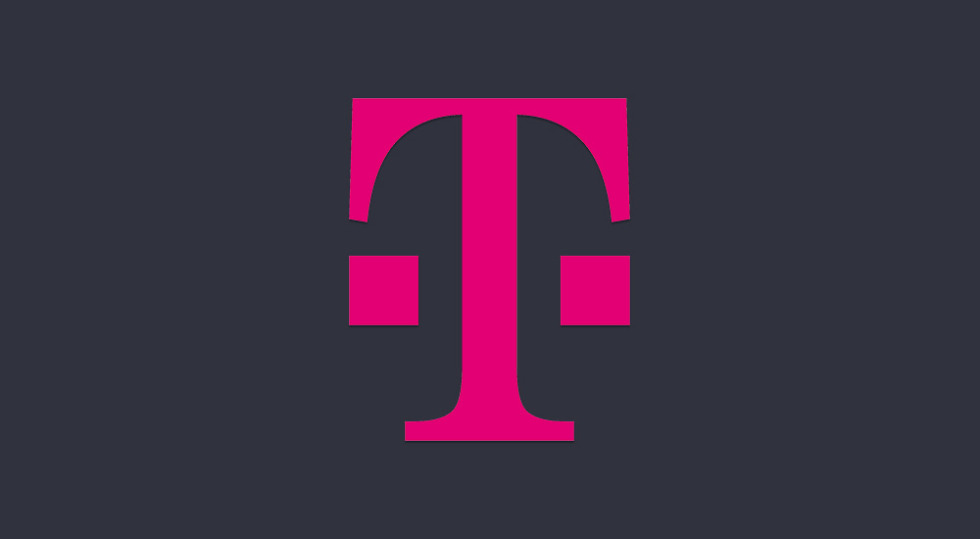Key decisions that were made long ago by executives who get paid a lot of money to make key decisions are now coming into play. Today, T-Mobile’s CTO Neville Ray announced that the company will delay launch (see update below) of its 5G network until a phone is made that takes advantage of its lower-band 600 megahertz spectrum. That phone is supposed to launch in the second half of 2019 from an unknown OEM.
You see, there’s a major distinction between, for example, T-Mobile’s 5G network and Verizon’s 5G network. The former’s 5G network utilizes lower-band spectrum, which means lower peak speeds, but better coverage. The latter’s usage of millimeter wave spectrum equates to higher peak speeds, but limited range. While Verizon and AT&T can both say they have 5G areas popping up over the country, the truth is, where it’s available inside of those markets is extremely limited. Once T-Mobile has a phone it knows is compatible with the low-band spectrum, you should actually be able to use it in areas where T-Mobile says 5G is available.
To recap, 5G is a network made up of multiple networks. For condensed urban areas, you have the mmWave spectrum. For suburban areas, you have low-band spectrum. For areas outside of that, you have 4G LTE. The key is, each US carrier decided long ago which area they would focus on first. So while Verizon and AT&T can fight over who is first to the 5G party and can create marketing material to boast that, T-Mobile is playing a more patient game, assuming that customers would rather have a 5G network they can actually utilize in more places than a few square blocks inside of a supported city’s limits.
The only issue with this is where the money has gone with concern to the development of 5G. More focus has been placed on mmWave, which Verizon and AT&T are able to reap the benefits from more quickly. According to Ray, “You can’t go to a US consumer and charge them a big premium and [5G] works on three street corners.”
In the long run, because it’s known how limited mmWave is, we think T-Mobile made the better bet. However, once all is said and done and 5G networks are robust and built out, all US wireless users should be experiencing a similar thing in terms of speed and coverage. It’s just a matter of which component of a 5G network you’ll be using first, which depends on your carrier.
TL;DR: T-Mobile delayed its 5G network until the second half of 2019, when a phone will come out that better utilizes low-band spectrum.
Update: T-Mobile’s Neville Ray took to Twitter to clarify the company’s 5G plan. As tweeted, “We’ve always said we’d launch when phones are available and they will be in H1. H2 is just when it gets more meaningful … but there’s no delay and no change of plans.”
Sorry, Roger. That's wrong. We've always said we'd launch when phones are available and they will be in H1. H2 is just when it gets more meaningful … but there's no delay and no change of plans.
— Neville (@NevilleRay) February 25, 2019
So while the more meaningful 5G launch will be when low-band spectrum is utilized in the second half of 2019, T-Mobile is still on track to launch 5G that utilizes other spectrum bands in the first half of this year.
// CNET

Collapse Show Comments